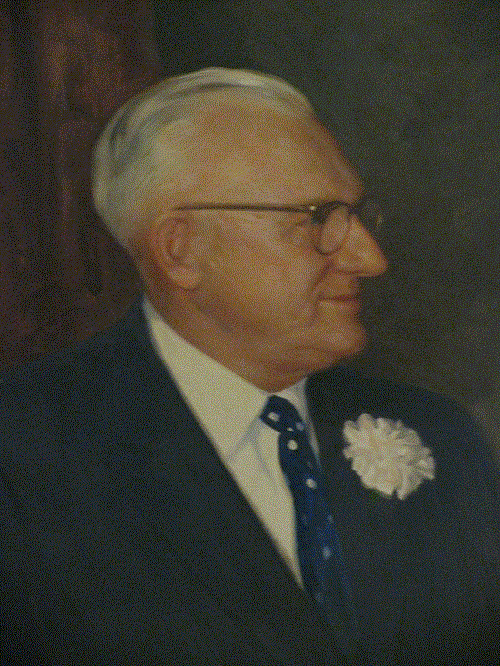Richard Ambrose Walsh was born to Irish immigrant parents on January 9, 1862 near Robert Street and Concord Street (now Cesar Chavez St.). This area was then Dakota County, but was later annexed to become part of City of Saint Paul and Ramsey County. As a child, Walsh witnessed James Hill working as a freight clerk in his neighborhood, and recalled Hill purchasing the bankrupt St. Paul and Pacific railroad and transforming it into the Great Northern Railway. His father’s employment with the St. Paul Police Department may have sparked the younger Walsh’s interest in the law. After he graduated from what was St. Paul’s only high school at the time, young Richard “read law” under Charles D. Kerr in the offices of Kerr, Wilson, and Benton. (This was the usual means of gaining a legal education then, especially with the nearest law schools being in St. Louis, MO and Ann Arbor, MI.) He was admitted to the bar and began practice in 1883. In 1884 he married Margaret McManus, and they had thirteen children together. It was at the family’s second home in White Bear Lake when tragedy struck on September 9, 1909. The house burned to the ground and three of their children died in the flames.
Walsh was elected to the Minnesota House of Representatives in 1890, and re-elected in 1893. At 29, he was the youngest member serving at the time. While serving he introduced and helped pass legislation requiring safety enclosures on the front of streetcars. After leaving the legislature he became a member of the firm of Walsh, Jackson, Walsh & Yagel, and served as the President of the Scandinavian Bank. He was appointed to the Ramsey District Court bench in 1931 upon the death of Judge Wheeler (who happened to be his cousin). Judge Walsh was apparently involved in an investigation of coal price-fixing by the Minnesota Bureau of Coal Statistics. (See James J. Egan entry.) He continued to be nominated for reelection, but withdrew his candidacy in 1938. He retired from the bench in 1939.
Walsh spent his brief retirement years enjoying his private library and flower garden. (Family records documents him always wearing a white suit and white gloves while gardening.) which he did while dressed in a white suit. He died the following year in 1940 after a brief illness at the age of 78.
*******
The Law Library extends its sincere thanks to the Walsh family, which graciously provided us photocopies of personal family records which were invaluable in supplying information for this summary of the life of Judge Richard Walsh.
Additional sources:
History of Ramsey County and the City of St. Paul, Inlcuding the Explorers and Pioneers of Minnesota by E.D. Neill (1881)
History of St. Paul and Vicinity, by H.A. Castle (1912)
“R.A. Walsh, Former Judge, Dies” (Obituary), Pioneer Press Jan 19, 1940













